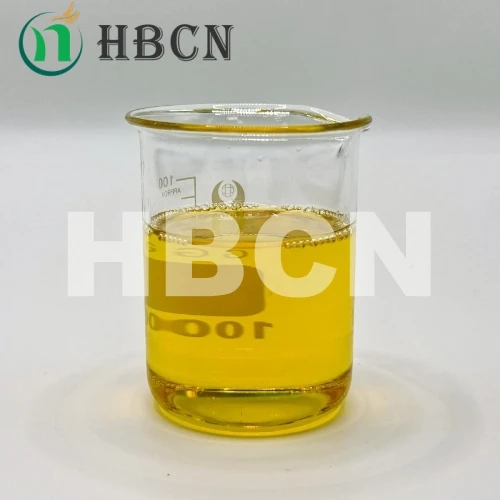
Des . 17, 2024 18:59 Back to list
chlorpyrifos technical service
Understanding Chlorpyrifos Technical Service A Comprehensive Overview
Chlorpyrifos is an organophosphate insecticide that has long been employed in agricultural practices to manage a variety of pests. Developed in the 1960s, it has gained widespread usage due to its effectiveness in controlling insects that threaten crops, thus improving yield and food security. However, the technical service surrounding chlorpyrifos involves much more than simply its application. This article delves into the key aspects of chlorpyrifos technical service, including its formulation, application techniques, safety measures, and regulations.
Technical Formulation
Chlorpyrifos is available in various formulations, including emulsifiable concentrates, granules, and wettable powders. Each formulation offers unique advantages, depending on the target pest, crop type, and environmental conditions. For example, emulsifiable concentrates are often preferred for their ease of mixing and application, making them suitable for large-scale farming operations. Understanding these formulations is critical for agricultural professionals as it influences their choice of pesticide application methods.
Furthermore, technical service in this context involves providing guidance on the appropriate formulation for specific pest management needs. Agricultural extension officers and technical sales representatives play a crucial role in educating farmers on the selection and use of chlorpyrifos formulations, helping them to achieve optimal pest control while minimizing environmental impact.
Application Techniques
Proper application techniques are essential in maximizing the efficacy of chlorpyrifos while minimizing risks to human health and the environment. Technical service providers often offer training on various application methods, such as ground sprayers, aerial application, or new technologies like drone spraying. The mode of application can significantly affect the distribution of the pesticide and its effectiveness in targeting specific pests.
Best practices encourage working with climatological data to determine the best times for application, along with the dosages required. Knowledge of local environmental conditions is essential, as factors such as wind speed, temperature, and humidity can influence the effectiveness and drift of the pesticide. The technical service team assists farmers in adhering to these practices, promoting a sustainable approach to pest management.
chlorpyrifos technical service

Safety Measures and Risk Management
Given the potential health hazards associated with chlorpyrifos, safety measures are paramount. Technical service includes training for proper handling and application practices to reduce exposure risks to humans, wildlife, and beneficial insects. Personal protective equipment (PPE) is emphasized, including gloves, masks, and protective clothing.
Moreover, technical service extends to risk management strategies to prevent pesticide runoff into waterways, protecting aquatic ecosystems from contamination. Educators and service providers often conduct workshops on the safe disposal of pesticide containers, the importance of cleaning application equipment, and developing comprehensive pesticide management plans that comply with local regulations.
Regulatory Framework
The use of chlorpyrifos is subject to a complex regulatory framework aimed at safeguarding public health and the environment. In many countries, regulatory agencies like the Environmental Protection Agency (EPA) in the United States have established strict guidelines regarding the permissible levels of chlorpyrifos residues on food products. Technical service professionals must be knowledgeable about these regulations as they impact the use of chlorpyrifos on farm products and inform farmers about compliance requirements.
Continual changes in legislation necessitate that technical service stays current with any amendments to regulations. Service providers must also be prepared to guide farmers in maintaining documentation concerning pesticide usage, ensuring that farmers are accountable and compliant with legal standards.
Conclusion
Chlorpyrifos technical service is a multifaceted approach that combines product knowledge, application techniques, safety measures, and regulatory compliance to support effective pest management in agriculture. The role of technical service professionals is invaluable in equipping farmers with the necessary tools and knowledge to use chlorpyrifos responsibly and effectively. As agricultural practices evolve and regulatory landscapes shift, ongoing education and support will remain critical in managing pests while safeguarding human health and the environment.
-
Topramezone Herbicide: Selective & Powerful Weed Control for Corn
NewsAug.24,2025
-
Powerful Fungicide for Optimal Crop Health & Yield Protection
NewsAug.23,2025
-
Azoxystrobin Fungicide: Advanced Crop Protection Solutions
NewsAug.22,2025
-
Willowood Imidacloprid: Best Broad-Spectrum Insecticide Solution
NewsAug.22,2025
-
Atrazine Herbicide: Selective & Effective Weed Control for Sale
NewsAug.21,2025
-
Azoxystrobin: Broad-Spectrum Fungicide Solutions
NewsAug.11,2025
